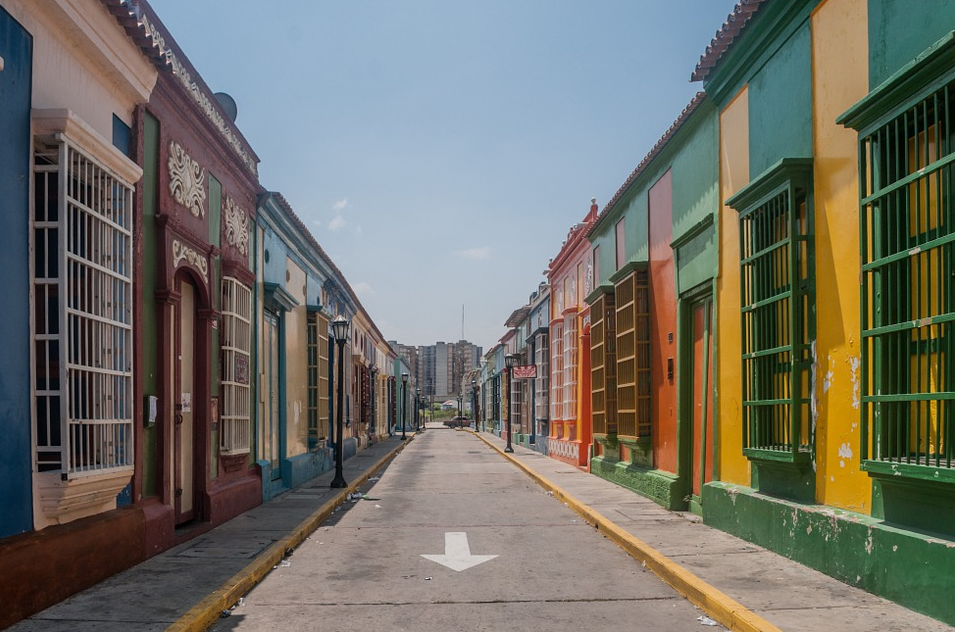Expert XP 2016, one of the largest events in Latin America for professionals in the financial industry, will take place next 24th, 25th and 26th of June in a convention center and hotel in Atibaia, a town near the city of Sao Paolo, where XP Investimentos will bring together renowned speakers and professionals from major investment, wealth management, and insurance firms from the current Brazilian panorama.
Alberto Bernal, Chief Investment Officer at XP Securities, will travel from Miami to offer his view on the consequences of a prolonged environment of negative interest rates and the ongoing world’s total factor productivity collapse.
Bernal, of Colombian origin, who joined XP Securities at the end of 2015, was Head of Emerging Markets Research at Bulltick Llc and Managing Director of Fixed Income Research at Bear Stearns in New York, and specializesin covering the Latin American markets. In addition, he is a frequent contributor to several communication media, such asCCN International, Bloomberg Television, and Reuters TV.
He was named Colombia’s most accurate economist in 2006 by the publication “Revista Dinero”, one of Colombia’s top five future economists by the newspaper “La República”, and one of the future top 40 executives under 40 by “Revista Gerente”. He graduated in Economics at the University of New Orleans and has a Master’s Degree in Macroeconomicsfrom the Kiel Institute of World Economics; he is also Associate Professor at the Universityof Miami.
In an interview with Funds Society, Alberto Bernal shares his outlook on Latin American markets, the likely interest rate hike by the Federal Reserve, and the concerns of Latin American investors. Hereunder, his answers:
What is your outlook for Latin American markets for the next six months? Are you expecting any rebounds in the price of commodities that may benefit Latin America´s largest economies?
XP Securities’ base case view remains that the largest risk to the world economy is not inflation accelerating materially from current levels, but rather the risk of deflationary pressures once again reentering the world lexicon. And, keep in mind that we are assuming that oil prices continue to inch higher as the year evolves, following massive supply constraints in the industry and the drying out of financing windows available to non-conventional oil producers from around the world. Paradoxically, a scenario of the risk of deflation remaining material is relatively positive for commodity prices, and hence our view on the expected performance of commodity-dependent economies. The causality here will remain the market pushing the value of the US dollar lower, because a stronger US dollar is deflationary in nature, meaning that the Fed will have no alternative other than to downshift its policy normalization goals going forward.
Are you expecting the Fed to raise interest rates in the next couple of months? If so, how do you think the Latin American markets will react? What countries do you think would be more affected by the increase in rates?
XP’s base case is one of the Fed NOT raising rates before December 2016. If the economy so allows, we see the Fed hiking rates by another 25bps at that time. If our view proves accurate, we think that the whole Latam region will benefit from US policy gradualism. Still, we think that Mexico will be one of the main beneficiaries of the likely Fed decision to continue moving very slowly on the policy front. If our view proves inaccurate, then the stability of Latam markets will continue to be compromised (i.e. FX rates will continue to sell-off, inflation expectations will deteriorate further, and further rating downgrades could materialize).
What are the main concerns of Latin American investors right now? What are the clients worrying about?
Most of the questions from our clients continue to be focused on three key fundamentals. (1) Politics, especially the future political situation of Brazil, Argentina and Venezuela, (2) the stability of the external accounts, especially in the case of Argentina and Colombia, and (3) the fiscal performance, an issue of concern that encompasses virtually all of the countries in the region.
What does XP Securities offer to clients that differentiates it from other firms?
XP is a very young and energetic firm. In my view, XP delivers clients top level market intelligence, cutting edge technology, a wide portfolio of financial instruments, and the backing of a very strong capital support. I believe that the synergy between the knowhow of XP’s human capital and the capital base of General Atlantic has allowed this firm to enter “the big leagues” in a very speedy and efficient form.
It has been less than one year since you joined XP Securities, what attracted you most to the firm?
The entrepreneurial nature of the firm, the fact that one only sees young and optimistic faces in this office every day, the stability that having a partner like General Atlantic implies, and the “open book” nature of my job description. The mandate from senior management to me was very simple: “come here to do what you know best how to do: ensure that our clients will always find value in talking to you or reading the pieces that you write. Oh, and have fun in the process!”
You will be participating in the Expert XP event, which topics are you going to discuss?
I will be addressing two very specific issues during my Expert speech: the (to some) unexplainable concept of one large portion of the world’s bond market trading with negative yields, and the possible long-term consequences of the ongoing world’s total factor productivity collapse. In my view, these two fundamentals are intertwined and they are having immense consequences in the portfolios of investors, regardless of whether those investors are based in London, New York, Brasilia, Dubai, Hong-Kong, or Dublin. I call this world “spaceship earth”. We are all together, for better or worse.








